Please enlighten me about aerial roots!
lightning96
12 years ago
Related Stories
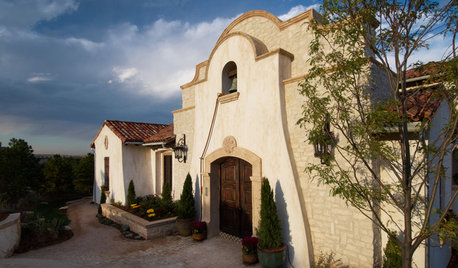
ARCHITECTURERoots of Style: Mission
Spanish colonial missions inspired a style of architecture still popular in the United States
Full Story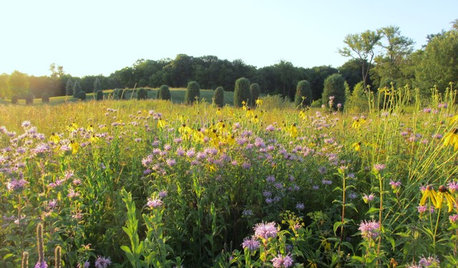
GARDENING GUIDESWhat Prairies Teach Us About Garden Design
Wild spaces offer lessons for home gardeners about plants, pollinators and the passage of time
Full Story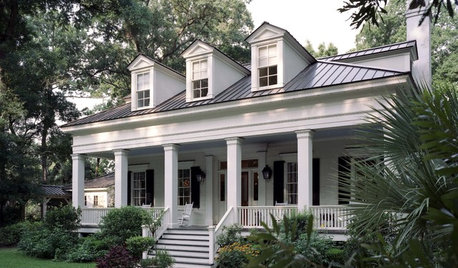
TRADITIONAL ARCHITECTURERoots of Style: Classical Details Flourish in 21st-Century Architecture
Columns, friezes, cornices ... if your home has features like these, it may have been influenced by ancient designs
Full Story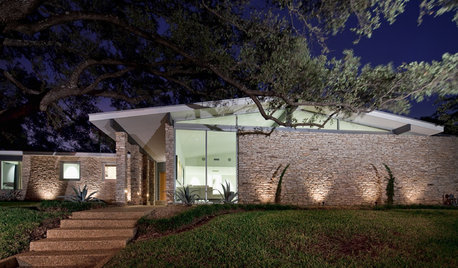
ARCHITECTURERoots of Style: Midcentury Modern Design
Midcentury modern still charms with its linear forms and low-sloping roofs. Appreciate it now — such simplicity can be hard to replicate
Full Story
HOUSEPLANTSMother-in-Law's Tongue: Surprisingly Easy to Please
This low-maintenance, high-impact houseplant fits in with any design and can clear the air, too
Full Story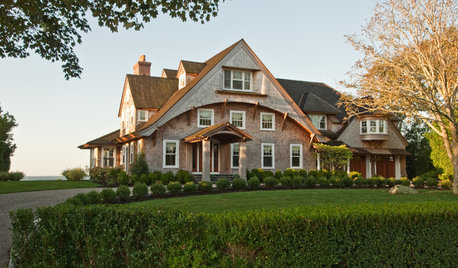
ARCHITECTURERoots of Style: Shingle Style Is Back — Here's How to Spot It
Intimate or rambling, in the coast or by the sea, Shingle homes are seeing a revival. Has your home joined in?
Full Story
ARCHITECTURERoots of Style: Where Did Your House Get Its Look?
Explore the role of architectural fashions in current designs through 5 home styles that bridge past and present
Full Story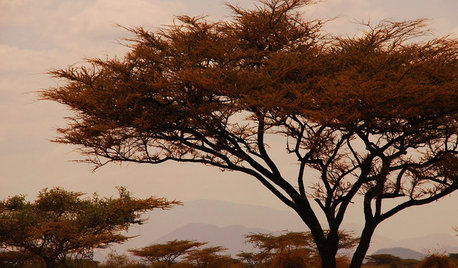
LIFETracing the Deep Roots of Design
Are our design choices hardwired? Consider the lasting appeal of forms from the hunter-gatherer life
Full Story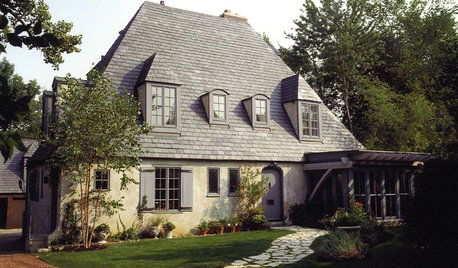
ARCHITECTURERoots of Style: French Eclectic Design Continues to Charm
Hip roofs, towers, quoins ... if your house includes architectural elements like these, you might trace its design lineage to France
Full Story
ARCHITECTURERoots of Style: Does Your House Have a Medieval Heritage?
Look to the Middle Ages to find where your home's steeply pitched roof, gables and more began
Full StoryMore Discussions






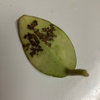
mdahms1979
pepeuve
Related Professionals
Erie Landscape Architects & Landscape Designers · Grand Haven Landscape Architects & Landscape Designers · Parole Landscape Architects & Landscape Designers · Mooresville Landscape Contractors · Edmond Landscape Contractors · Fair Oaks Landscape Contractors · Fort Atkinson Landscape Contractors · Kearny Landscape Contractors · Metairie Landscape Contractors · Palatine Landscape Contractors · Salem Landscape Contractors · Merrifield Landscape Contractors · Grayslake Driveway Installation & Maintenance · Pawtucket Driveway Installation & Maintenance · Skokie Driveway Installation & Maintenancemdahms1979
rennfl
lightning96Original Author
mdahms1979
pepeuve